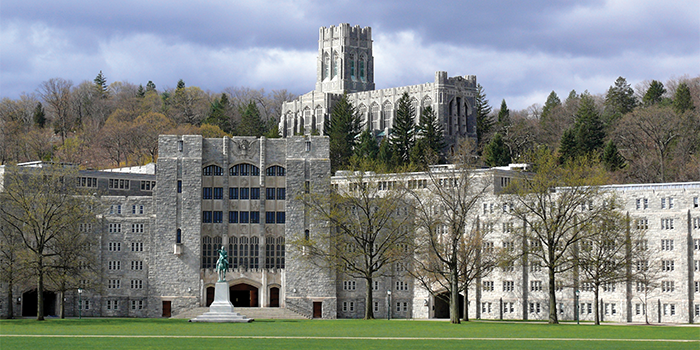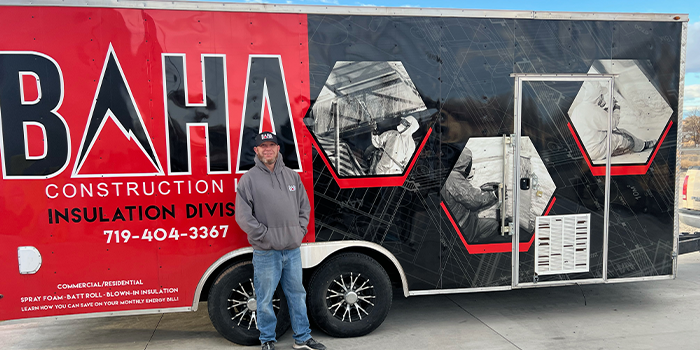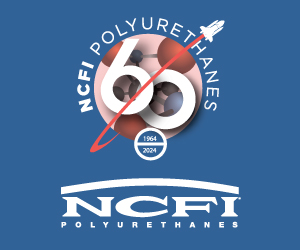The Art of Sustainability


Spray Foam Magazine – Winter 2022 – The National Museum of Women in the Arts in Washington D.C. was originally incorporated as a nonprofit in 1981 by Wilhelmina Cole Holladay. The museum first opened at the Holladay residence for the first five years and purchased the landmark building near the White House in 1983. Originally constructed as a masonic temple in 1908, the landmark building was purchased and renovated in 1983 to become the National Museum of Women in the Arts. The plans for a full-scale renovation started in 2015 and are now in the implementation phase. This renovation addresses key infrastructure issues and expands its ability to display contemporary multimedia art with technological upgrades. Building codes updates and sustainability guidelines are the primary drivers to update the building envelope and its mechanical systems. With over 70 million uninsulated or under-insulated homes and buildings in America, the opportunity to cut energy consumption ranges from 40-60%. More than 40% of carbon emissions globally are created by buildings.
Retrofits are neither easy nor repeatable and require a customized solution specific to the individual project and project goals. Retrofits are a necessary ingredient to preserving our cultural fabric and maintaining the architectural integrity of our communities.
Almost 50% of all energy is used in buildings as a sum of residential, commercial, and industrial buildings. This dwarfs any other energy consuming segment of our economy. More than 70 million residential homes and buildings are uninsulated or under insulated. We have made substantial improvements to new construction codes and standards over the last 20 to 30 years, but the energy hogs of the past remain.
The next great challenge in construction is making what is old perform like a new high-performance building. The museum’s existing envelope had little or no insulation. Advancements in insulation technology provided the answer to bringing a high performance envelope to one of our national treasures. CVM engineers, Tracy D. Marcotte, PhD, Janine M. Hildebrand, PE, and architect, Sandra Vicchio, AIA, LEED AP, NCARB, faced a unique challenge in restoring the museum envelope to meet modern energy efficiency. “At NMWA we were addressing energy efficiency and creating environments appropriate for the storage and display of art in an historic structure with space constraints. Spray foam insulation offered us a path toward success.”
Energy One America, a commercial spray foam and air barrier installer, applied the upgraded envelope, adding two inches of continuous Nexseal® 2.0 LE closed-cell spray foam to the walls and eight inches of Nexseal® 2.0 LE to the roof deck. This envelope upgrade reduces conductive heat loss by over 70% and provides a continuous air barrier stopping convective heat loss in its tracks.
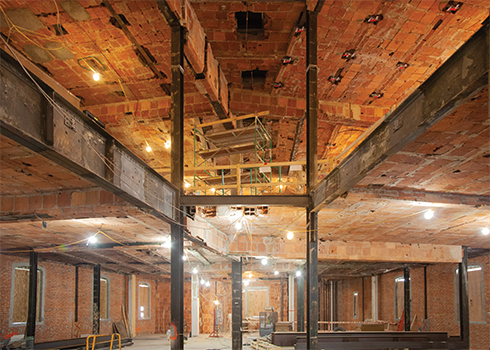
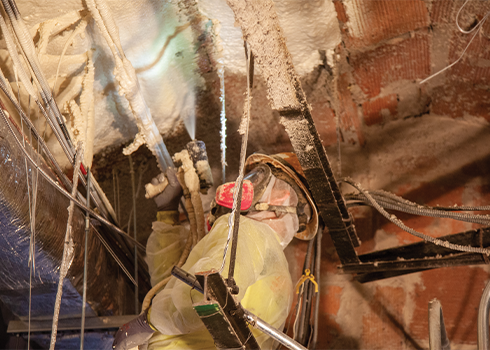
The National Museum of Women in the Arts is projected to reduce overall HVAC energy consumption by more than 50% utilizing Holcim’s 1 step technology solution. Holcim’s Nexseal 2.0 LE closed-cell spray foam provides air, vapor, and thermal control layers in one application, a huge leap over traditional practices.
I have spent the lion share of my career working on affordable solutions to provide high performance envelopes, buildings, and systems in the new construction segment of the building construction market. High performance construction drove me toward spray polyurethane foam (SPF) more than 20 years ago. As a consultant to builders, contractors and architects, SPF was and is a no brainer. No other product solves so many problems related to durability, air quality, health, and comfort. Furthermore, no other product has such an obvious cost trade off and value proposition. Add SPF + Reduced HVAC Size + Fresh air ventilation = a High-Performance building at little to no extra cost.
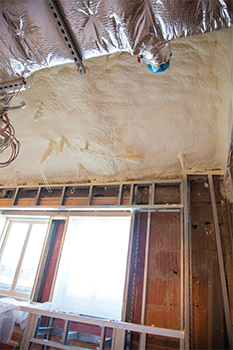
The obvious benefit to the homebuyer or building owner is cash in their pocket. A $50 per month average energy savings equals the payment for $10,000 at 5% interest over 30 years. A year ago, 5% interest rates to quantify value would be considered sandbagging, now above 5% will be the new normal for the foreseeable future. The higher the interest rates go, the greater the value for energy saving upgrades. At 5% interest in the earlier example, a $5,000 premium at a cost of $25 per month ($150 annually) would deliver $300 in annual savings to the homebuyer. If you could purchase a superior product that is healthier, safer, requires less maintenance, and reduces carbon emissions by 40-60% vs. conventional products, I would call that a no brainer. Did I mention this product puts money in your pocket every month from day one!
As the economy cycles up and down in the new construction segment, there has never been a better opportunity to aggressively focus on the existing building market. The government policies passed in the Inflation Reduction Act give the market certainty for the next decade for incentives to support insulation and air barrier upgrades in the existing commercial, residential, and industrial market segments. Necessity is the mother of invention and innovation will drive the technology to meet the needs of the now.
About the Author: Aaron Davenport is one of the nation’s leading building science consultants with over 20 years of experience in the field as a builder and consultant. His understanding of building science drives his passion for expanding the building market so that homes and buildings are smarter and more efficient resulting in people living better. He is proud to serve in his current role at Holcim Building Envelope as the Director of Building Science.
Contact SES Polyurethane Systems
If you have any questions about any of SES’s products or services: Phone: 713-239-0252 // Website: www.sesfoam.com
*Spray Foam Magazine does not take editorial positions on particular issues; individual contributions to the magazine express the opinions of discrete authors unless explicitly labeled or otherwise stated. The inclusion of a particular piece in the magazine does not mean that individual staff members or editors concur with the editorial positions represented therein.
For use by SprayFoam.com & Spray Foam Magazine
Disqus website name not provided.







